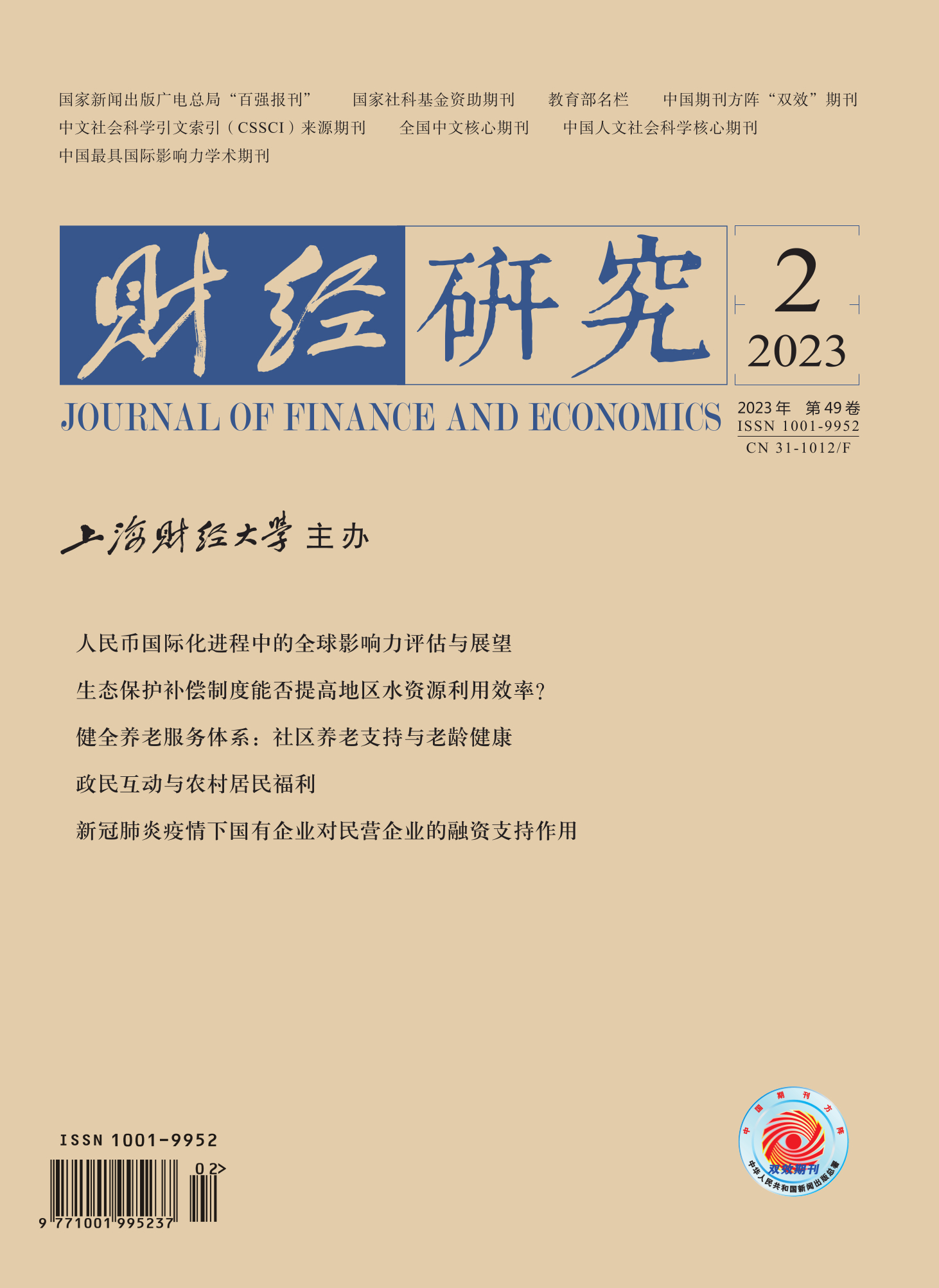The sudden outbreak of the COVID-19 epidemic had a huge negative impact on the production and operation activities of enterprises. China adopted strict restrictions on the flow of goods and personnel to control the epidemic, resulting in the suspension of firm operations. At the same time, the interruption of the supply of raw materials and the decline in market demand also further aggravated the operation difficulties. Compared with state-owned enterprises (SOEs), non-state-owned enterprises (NSOEs) are more likely to have liquidity crises and need financing support once they suffer from operation problems caused by major negative shocks.
This paper studies the financing support role of SOEs to NSOEs from the perspective of supply chain based on the setting of the COVID-19 epidemic. Using the data of China’s A-share listed private firms from the second quarter of 2019 to the fourth quarter of 2019 and the second quarter of 2020 to the fourth quarter of 2020, the study finds that after the outbreak of the COVID-19 epidemic, compared with NSOEs whose suppliers and customers excluded SOEs, those whose suppliers or customers included SOEs had significantly more bank loans. In addition, SOEs played a more significant role in supply chain financing support when NSOEs’ ability to resist the negative impact of the COVID-19 epidemic was weaker and their substitutability in the supply chain was lower. Mechanism analysis shows that SOEs in the supply chain could improve the debt financing capacity of NSOEs by shortening their net operating cycles. Moreover, NSOEs whose suppliers or customers included SOEs did not get more bank loans at the expense of paying higher interest.
The contributions of this paper are as follows: First, it contributes to a comprehensive understanding of the mechanism of SOEs affecting the operation and development of NSOEs by finding that SOEs can help NSOEs obtain more bank loans when major negative shocks occur. Second, it enriches the relevant research on the impact of the COVID-19 epidemic on enterprises. Third, it expands the research on the impact of SOEs in the supply chain.
The results of this paper show that: Encouraging close cooperation between SOEs and NSOEs in the supply chain can promote their common developments. SOEs are more resilient to risks, while NSOEs operate more efficiently. The cooperation of the two can form complementary advantages, and enhance the toughness and competitiveness of the supply chain. Especially in the sudden outbreak of major negative shocks, NSOEs with fragile capital chains are more likely to have financing difficulties. At this time, SOEs can play the role of debt financing support for NSOEs in the supply chain.





 6177
6177  4957
4957

